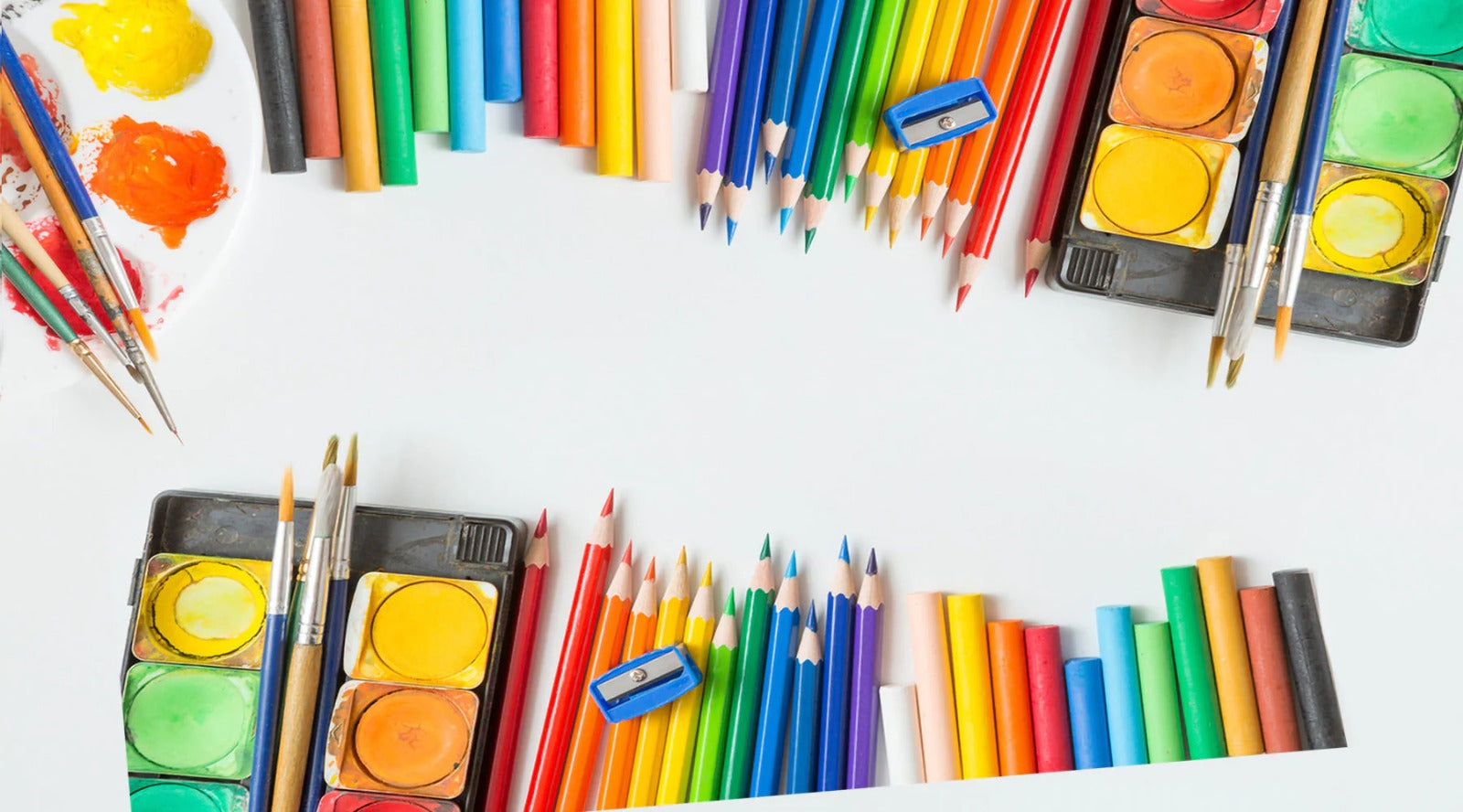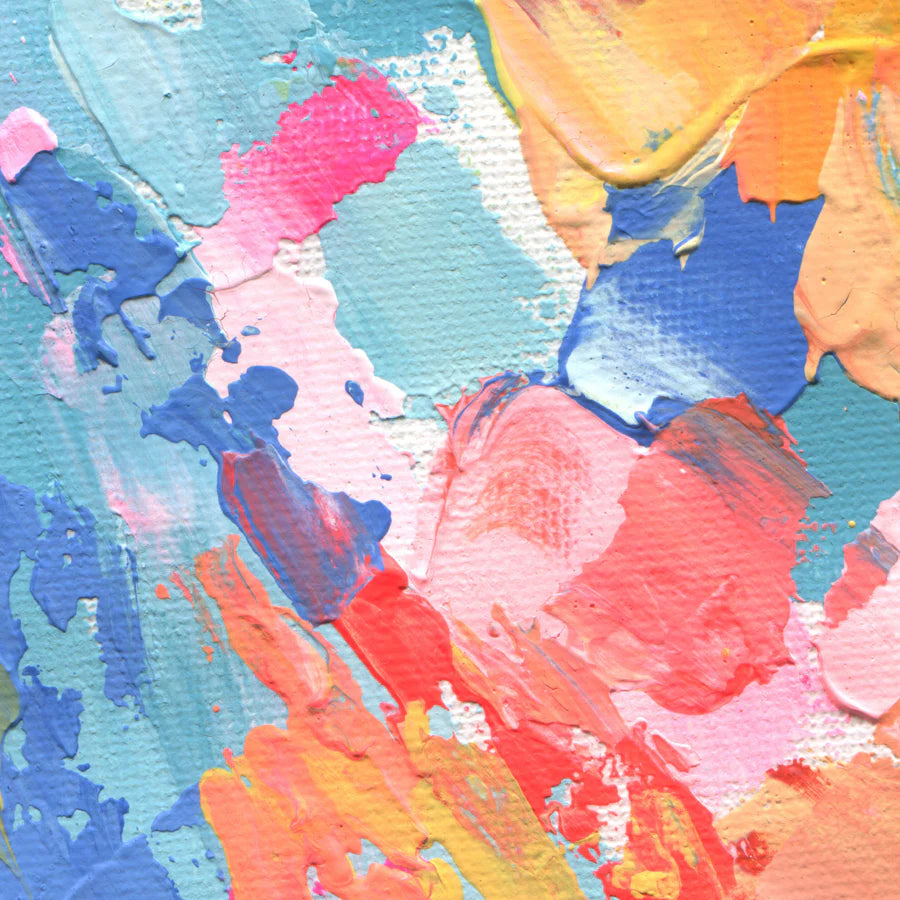Crafting: A Natural sedative and antidepressant?
Crafting: A Natural Sedative and Antidepressant? The Surprising Impact of Art and Craft on Sleep
Hey there, fellow creatives! Are you tired of tossing and turning at night, desperately seeking the sweet embrace of sleep? Well, what if we told you that the solution might be right at your fingertips – or rather, in your craft supplies? That's right! Today, we're diving into the fascinating world of art and craft and exploring its unexpected impact on sleep quality. So, grab your paintbrushes and knitting needles, and let's uncover the secrets to a restful night's sleep!
The Power of Creativity
We've all experienced those restless nights where sleep seems to elude us, no matter how hard we try. But what if we told you that channeling your inner artist could be the key to unlocking better sleep? According to a study published in the Journal of Sleep Research, engaging in creative activities, such as painting, drawing, or crafting, has been shown to promote relaxation and reduce stress levels, ultimately leading to improved sleep quality.
"The act of performing a craft is incompatible with worry, anger, obsession, and anxiety. Crafts make you focus on the here and now and distract you from everyday pressures and problems. They're stress-busters in the same way that meditation, deep breathing, visual imagery, and watching fish are."
Ever got lost in crafting a scrapbook or knitting, losing track of time? That's called "Flow" by psychologist Mihaly Csikszentmihalyi—it's like a form of meditation. Crafting in 'flow' mode works like a charm to relax and calm your body. Whether it's knitting, cutting paper, or stamping, these activities trigger the parasympathetic nervous system, waving goodbye to stress and welcoming peace and joy.
How do we do it?
So, how exactly can you harness the power of art and craft to improve your sleep? The possibilities are endless! Whether you're painting a masterpiece, knitting a cozy blanket, or sculpting clay creations, the act of creating allows your mind to enter a state of flow – a state of complete absorption and focus that banishes worries and distractions.
Crafting serves as a form of mindfulness meditation, helping to quiet the chatter of the mind and induce a sense of calm. As you lose yourself in the rhythmic motions of your chosen craft, your breathing slows, your heart rate decreases, and your body begins to unwind, paving the way for a peaceful slumber.
Let’s explore some sleep boosting crafts!
Knitting: Studies have shown that knitting has numerous therapeutic benefits, including reducing anxiety and promoting relaxation. Research from the British Journal of Occupational Therapy indicates that the repetitive movements of knitting trigger the release of serotonin, a neurotransmitter that regulates mood and promotes feelings of well-being. This calming effect can help quiet the mind and prepare it for restful sleep.
Macramé: Research published in the International Journal of Environmental Research and Public Health suggests that engaging in macrame craft, with its repetitive knotting patterns, can induce a state of relaxation similar to meditation. The rhythmic motions involved in macrame stimulate the release of endorphins, which are natural mood lifters, promoting a sense of calmness and reducing stress levels. This calming effect on the brain can contribute to improved sleep quality.

| EXPLORE MACREME |
Painting: The act of painting has been shown to have therapeutic effects on the brain, particularly in reducing cortisol levels, which are associated with stress. Research published in Frontiers in Psychology suggests that painting allows individuals to express emotions and release tension, promoting a sense of inner peace and tranquility. This relaxation response can help prepare the brain for a restful night's sleep.

Calligraphy: Practicing calligraphy requires focused attention and precise movements, which can induce a state of mindfulness. Research from the Journal of Occupational Therapy suggests that calligraphy can promote relaxation and reduce symptoms of anxiety by engaging the brain in a calming activity. This mental clarity and sense of calmness can translate into improved sleep quality.

Scrapbooking: Creating a scrapbook involves organizing memories and expressing creativity, which can have therapeutic benefits for the brain. Studies have shown that engaging in creative activities, such as scrapbooking, can lower cortisol levels and promote relaxation. Research published in the Journal of Positive Psychology indicates that reminiscing about positive experiences while scrapbooking can enhance mood and contribute to better sleep.

Journaling: Journaling allows individuals to process emotions, reflect on experiences, and express gratitude, which can have a calming effect on the brain. According to a study in the Journal of Experimental Psychology, expressive writing has been linked to reduced stress levels and improved sleep quality. By journaling before bedtime, individuals can unload worries and clear their minds, paving the way for a peaceful night's sleep.










